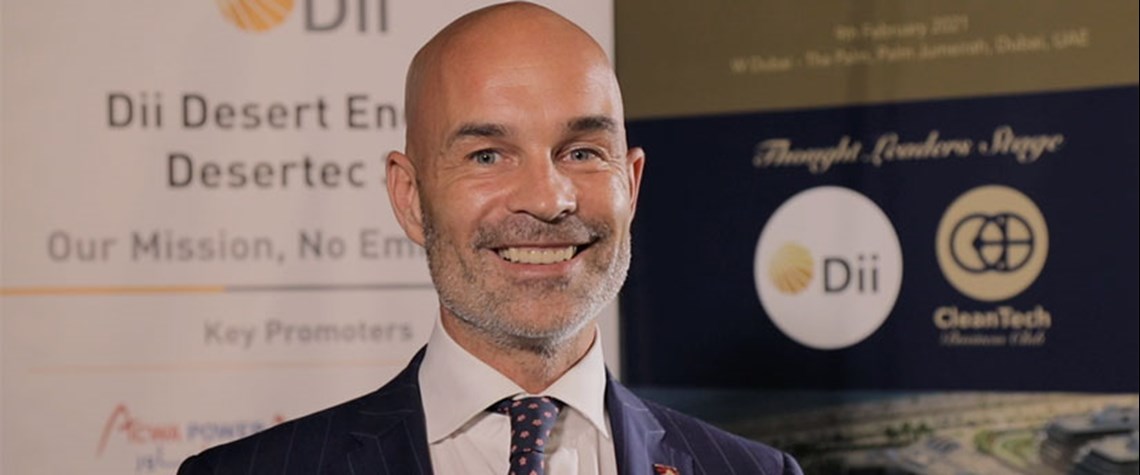What is the long-term Dii Desert Energy (Dii) vision for hydrogen?
Matthes: Hydrogen is widely recognised as the missing link of the energy transition. Some even call it a rock star! Green hydrogen will play a key role well beyond the power sector, e.g. for defossilisation of industries, heating/cooling, mobility and many other areas. Green molecules are complementary to green electrons, e.g. for long-term storage.
Tell us about the MENA Hydrogen Alliance?
Matthes: Dii Desert Energy—with thanks to my colleagues Prof. Dr. Ad van Wijk and Frank Wouters—started to work on green hydrogen five years ago. After presenting our strategy, A North Africa - Europe Hydrogen Manifesto, at Dii’s tenth anniversary in 2019, we encountered overwhelming interest and—thanks to the initiative of my colleague Frank—we decided to establish more than just a working group. The launch of the MENA Hydrogen Alliance as a discussion platform and booster for projects and market development was well received, and it quickly established itself as an influential group regionally and internationally.
How has the conversation around hydrogen changed the Desertec proposition?
Matthes: From Desertec 1.0, with its focus on renewable energy for Europe, Desertec 2.0 put the Mena region and the benefits in terms of job creation, stability etc. into focus. Desertec 3.0 is a logical further development and, simply said, is all about green electrons and molecules. Green molecules—for which by the way green electrons are a prerequisite—present completely new possibilities for the Mena region and will lead to an acceleration of the energy transition. Now energy importers can potentially become exporters with significant geopolitical implications. Also, long-term storage and transporting huge amounts of energy equivalent is now possible—creating a completely new market segment besides the power market.
To what extent could low-cost hydrogen attract investment in industries such as steel to the Mena region?
Matthes: It is clear that mid-to-long term, only green (e.g. carbon-neutral) steel will survive. First-movers will enjoy advantages. Defossilising Mena industries will become not only a competitive factor with low-cost hydrogen, but a necessity to survive in world markets. Europe, for example, will implement a carbon border tax and, globally, there will be increased pressure to tax emissions in an adequate way and phase out fossil fuel subsidies.
How are you thinking about transporting green hydrogen molecules?
Matthes: Hydrogen can be transported in pipelines. Existing gas pipelines can typically be retrofitted to transport only H2. It can also be liquefied or compressed and transported via ships similar to how LNG is transported, with the difference being it needs to be cooled down much further, to -252°C. However, it can also be converted into other forms of green molecules such as ammonia or methanol, or converted to e-fuels. Liquid organic hydrogen carriers are an emerging technology that might also play an important role in the future.








Comments